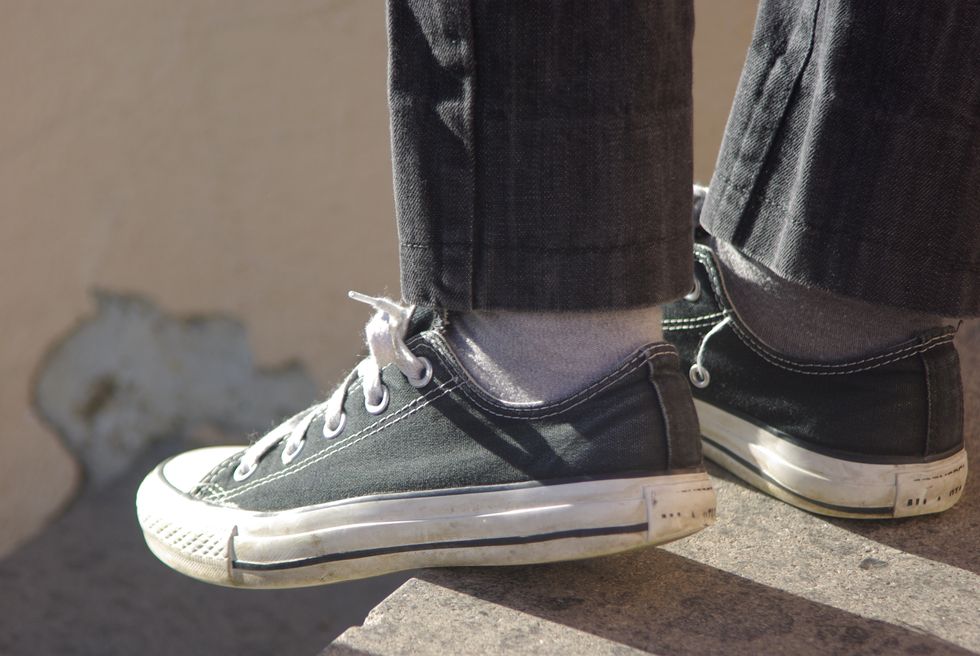On June 14, Tommy Le, a young, twenty-year-old, Vietnamese American man, was shot and killed by King County police. The reported reason for shooting Tommy Le? He was allegedly carrying a knife, but in actuality, he was carrying a pen. Tommy Le was fatally shot while carrying a pen.
Tommy Le’s father is reported by The Seattle Times to have demanded, “I want to know what happened to my son.”
What happened to Tommy Le is a symptom of a larger problem that plagues the Southeast Asian American community. It is ineffective and dangerous to pretend that negligent, violent policing is not an issue that affects more than just African Americans. Attempting to protect oneself by hiding behind assimilation and subservience does not work.
Every time a Southeast Asian American kid uses an "American" alias in place of their Vietnamese name, every time a Southeast Asian American man refuses to speak his mother tongue, every time Southeast Asian Americans try to shield themselves from potential harm by making too hard an effort to blend in, they only turn further away from the devastating truth: the community of Southeast Asian Americans is more vulnerable than we want to admit.
If the wider Southeast Asian American community continues to refuse to accept this fact and continues to ignore the hardships and issues our community faces in attempts to play to the model minority myth, the community and its members inevitably have to cry again over another community member's cold, unmoving body. Hiding behind assimilation and silence is only a temporary fix to a larger issue.
Instead, avoiding similar tragedies and incidents will take politically activating the Southeast Asian American community. This is a long and tedious process that has long been ignored by the larger Asian American community, but the increasing need for it makes it more important as time progresses.
It will require several levels of cooperation between the internal Southeast Asian American community, the greater Asian American community, and the general American community to bring Southeast Asian American voices to the surface. To speak and to take firm stances on issues like negligent and violent policing is what will prevent later, unnecessary deaths. Southeast Asian Americans have to fight to ensure that this violence doesn’t happen again both to community members and to neighbors in other marginalized communities across the country.



















